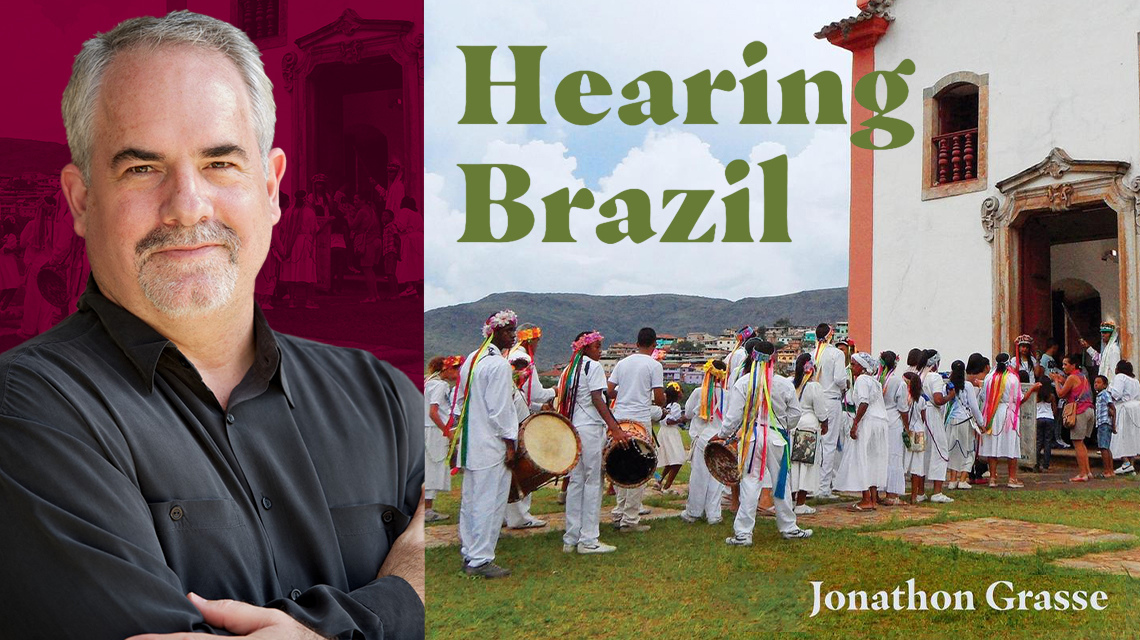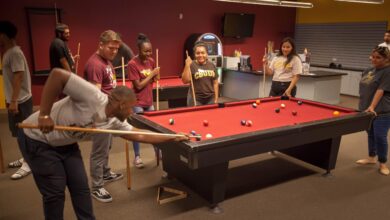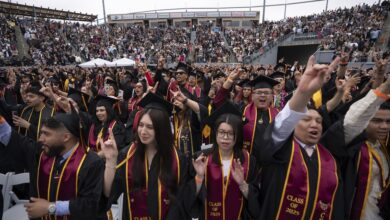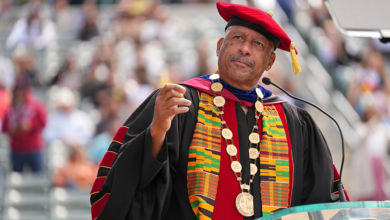
When ethnomusicologist, composer, and CSUDH Professor of Music Jonathon Grasse first started traveling to Brazil 30 years ago, he had no intention of becoming a historian of the country’s music–he was simply exploring the country with his Brazilian wife. Before long, though, he became fascinated by the nation’s diverse regional musical heritages, adapting his research and writing to teach a course on Brazilian music at UCLA, where he earned his doctorate.
Eventually, his focus narrowed to the region that his wife hails from: Minas Gerais, a state in southeastern Brazil that is deeply connected to the nation’s slave past and home to many traditions related to the African diaspora. Grasse’s new book, Hearing Brazil: Music and Histories in Minas Gerais, published by University Press of Mississippi, is the first English-language historical survey of the area’s musical traditions.
Researching and writing the book were an extension of what he was already doing, says Grasse. “I was going there all the time. I was meeting people. I was already sort of doing field work. I was even publishing some articles about my experiences there.”
When he decided that he wanted to write a book, Grasse homed in on his love for the music of Minas Gerais. “No one had written about the topic in English with this scope, with the intention of discussing regionalism on such a high level. For me, it was a no brainer. I just thought, I’m going to have to do this now.”
Drawing on over 200 Portuguese-language sources from his own collection and throughout Brazil, Grasse spent 15 years writing, researching, and completing field work. The result is a history of the region as told through its music–exploring the intersections of its history, music, and culture.
For Grasse, “music and history are tied together.” His work surveys the often-tragic history of Minas Gerais, and finds the connections between the darkness of the history and the joyfulness of much of the region’s music. Often, the music can be seen as a reaction or a necessary tonic to the harshness of life.
“I think Brazilians have an incredible ability to make musical joy a reality in their life,” says Grasse. “Through the centuries and even in contemporary Brazil, there’s kind of an undercurrent of violence. I don’t focus on violence as a topic, but music as a salve that eases that tension, I would say.”
In taking a regional approach to the topic, Grasse ends up tying together many disparate strands of Brazilian music and history–from its colonial past to its modern cities. He examines everything from the region’s Afro-Brazilian heritage to the liturgical music of the eighteenth and nineteenth centuries.
His new work allowed Grasse to delve even further into the regional themes of the popular Minas Gerais music collective Clube de Esquina (Corner Club), led by legendary musician Milton Nascimento. Grasse’s first book, Milton Nascimento and Lô Borges The Corner Club, written for the 33 1/3 series, was a celebration and analysis of the collective’s 1972 double album.
The end result of Grasse’s efforts is a new book that weaves together Brazilian instruments, genres, social functions, and historical accounts, to form a tapestry that reveals the cultural territory’s development.
“This book came about because I felt that that the regional quality of the music made the place stand out even more as I studied it,” says Grasse. “Writing the book helped me discover more about this region that I am very close to. Over so many years, starting as an outsider writing this observational/descriptive kind of book–this process brought me so much closer to the subject.”









